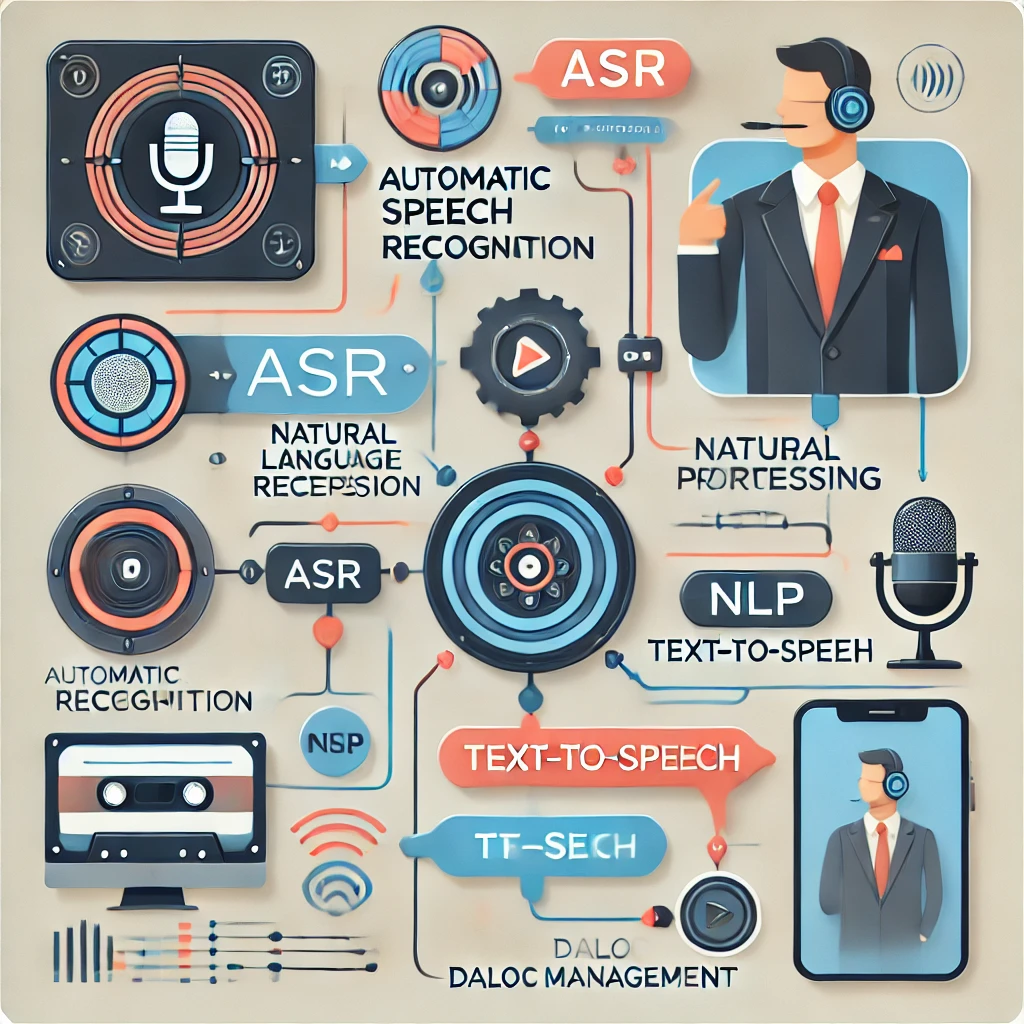Ai
How to Create a Realistic Voice Assistant with AI

Voice assistants have revolutionized how we interact with technology, becoming an integral part of our daily lives. From setting reminders to answering complex queries, these AI-driven tools enhance convenience and productivity. In this article, we’ll explore the step-by-step process to create a realistic voice assistant using AI. By following these steps, you can build a functional and responsive voice assistant that rivals popular systems like Siri, Alexa, or Google Assistant.
Understanding the Basics of Voice Assistants
A voice assistant is an AI-powered tool that processes and understands natural language to perform tasks or provide information. Key components of a voice assistant include:
- Automatic Speech Recognition (ASR): Converts spoken words into text.
- Natural Language Processing (NLP): Interprets the meaning of the text.
- Text-to-Speech (TTS): Converts textual responses back into speech.
- Dialog Management: Maintains the context of the conversation.
Step 1: Define the Purpose and Scope
Before diving into development, outline the purpose of your voice assistant. Identify the target audience and specific tasks it will handle. For instance, will it be a general-purpose assistant or tailored for a specific domain like healthcare or customer support?
Questions to Address:
- What problem will the assistant solve?
- What kind of interactions will it support (e.g., voice commands, questions)?
- Should it integrate with other systems or devices?
Step 2: Choose the Right Tools and Frameworks
Building a voice assistant doesn’t require starting from scratch. Numerous tools and frameworks simplify the development process:
- Speech-to-Text APIs: Google Speech-to-Text, IBM Watson Speech to Text, or Microsoft Azure Speech.
- NLP Libraries: OpenAI’s GPT, Hugging Face Transformers, or Google Dialogflow.
- TTS APIs: Amazon Polly, Google Text-to-Speech, or ResponsiveVoice.
- Programming Languages: Python is the most popular choice due to its extensive libraries like SpeechRecognition, nltk, and pyttsx3.
Step 3: Implement Automatic Speech Recognition (ASR)
ASR is the first step in processing user input. You’ll need to integrate an API or library to transcribe speech into text.
Step 4: Process the Text with NLP
Once the speech is transcribed, the next step is understanding the meaning. This involves intent recognition, entity extraction, and generating appropriate responses.
Step 5: Generate a Voice Response with TTS
The final step is converting the assistant’s textual response into speech using a TTS engine.
Step 6: Integrate Dialog Management
A realistic voice assistant needs context awareness to handle multi-turn conversations. Use frameworks like Rasa or Dialogflow to manage dialog flows effectively.
Step 7: Add Customization Features
Personalization makes voice assistants more engaging. Enable features like:
- User authentication for personalized responses.
- Voice training for improved accuracy.
- Contextual understanding based on user history.
Step 8: Test and Optimize
Thorough testing is essential to ensure your assistant performs reliably. Focus on:
- Accuracy: Validate speech recognition and NLP accuracy.
- Responsiveness: Ensure low latency for real-time interaction.
- Scalability: Test for performance under varying loads.
Additional Enhancements
- Integration with IoT: Allow the assistant to control smart home devices.
- Multilingual Support: Add support for multiple languages to broaden its usability.
- Machine Learning Models: Train custom models for domain-specific tasks.
Conclusion
Creating a realistic voice assistant is a rewarding project that combines various AI technologies. By leveraging the tools and techniques outlined above, you can develop an assistant tailored to your specific needs. Remember, continuous learning and iteration are key to refining the assistant’s capabilities.












